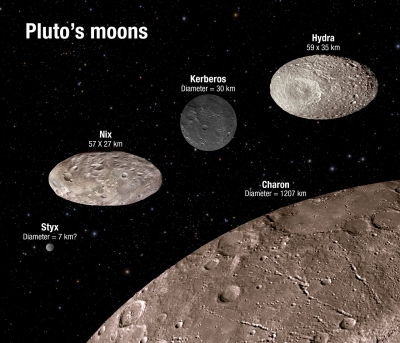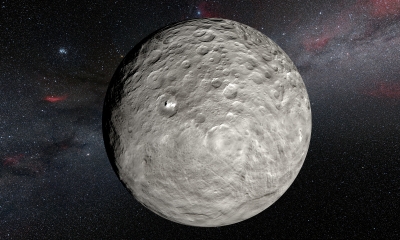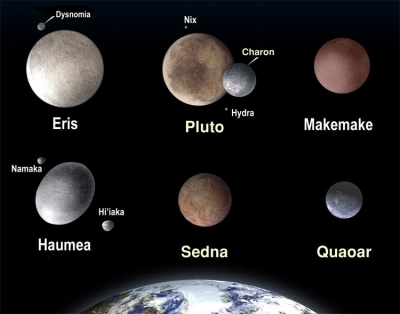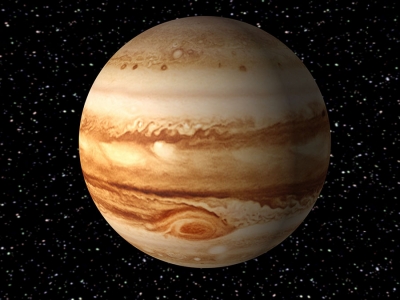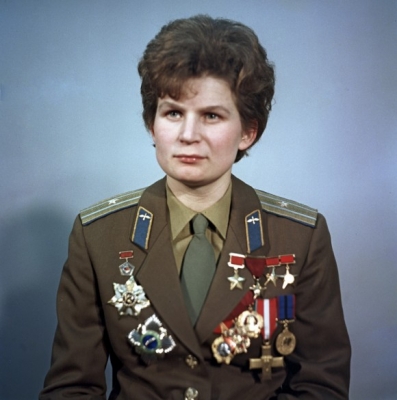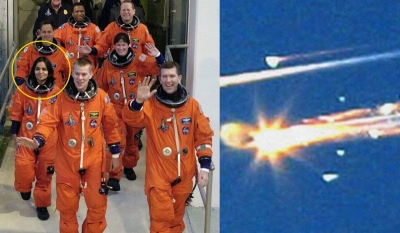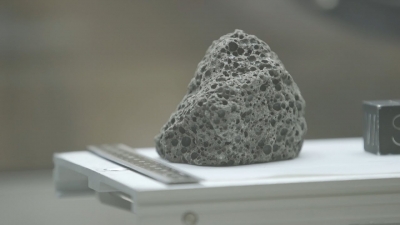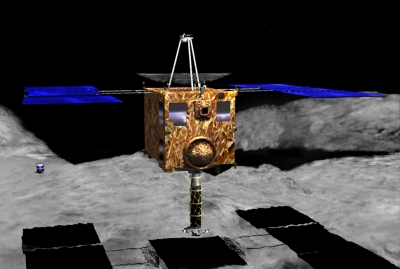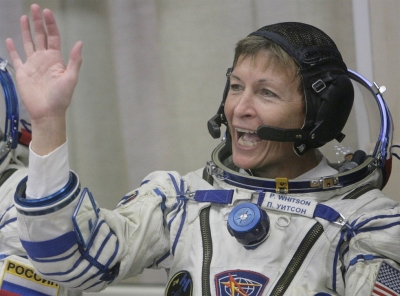Which was the first animal launched into space?
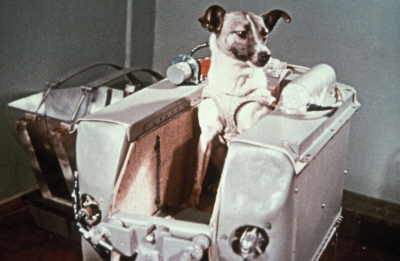
The Soviet Union stunned the world on Nov. 3, 1957, with the launch of Sputnik 2. On board the small satellite was a little dog, Laika, the first animal to orbit Earth. However, Laika was not the first animal in space. The United States and the U.S.S.R. had been putting animals atop rockets since 1947.
Laika was a young, mostly-Siberian husky. She was rescued from the streets of Moscow. Soviet scientists assumed that a stray dog would have already learned to endure harsh conditions of hunger and cold temperatures. Laika and two other dogs were trained for space travel by being kept in small cages and learning to eat a nutritious gel that would be their food in space.
The dog's name was originally Kudryavka, or Little Curly, but she became known internationally as Laika, a Russian word for several breeds of dog similar to a husky. American reporters dubbed her Muttnik as a pun on Sputnik.
Unfortunately, Laika's trip into space was one-way only. A re-entry strategy could not be worked out in time for the launch. It is unknown exactly how long Laika lived in orbit — perhaps a few hours or a few days — until the power to her life-support system gave out. Sputnik 2 burned up in the upper atmosphere in April 1958.
Picture Credit : Google

